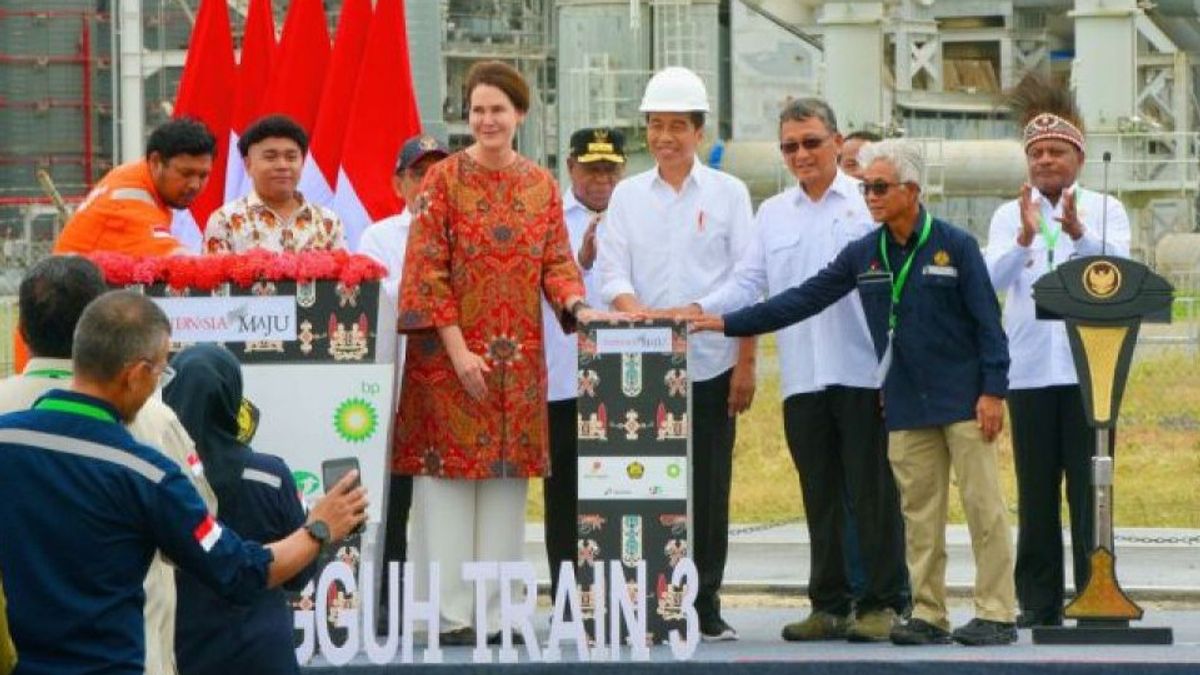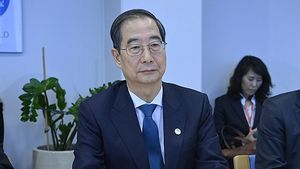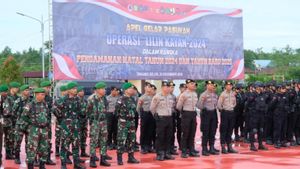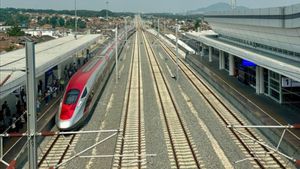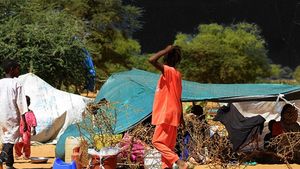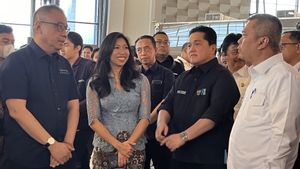JAKARTA - President Joko Widodo has officially approved the National Strategic Project Tangguh LNG Train 3 which is the largest gas producer in Indonesia.
By the time it reaches its maximum production capacity, about a third of the country's total gas production will be supplied from three Tangguh refineries located in Bintuni Bay, West Papua.
Present at the meeting, Executive Vice President of Gas & Low Carbon Energy, Anja-Isabel Dotzenrath admitted that most of the workers in this project are local workers from Papua.
"We are honored that the President is pleased to inaugurate Tangguh Train 3. Tangguh is a world-class LNG facility where 70 percent of the workers are local Papuan people," he said in a statement received by VOI, Friday, November 24.
According to him, Indonesia is an important country for the bp portfolio, and his party is grateful for the support from the Government of Indonesia in helping BP support Indonesia's growing energy needs.
Bagi Tangguh, kata Anja, perjalanan tersebut berawal hampir 40 tahun yang lalu dengan ditandatangani perjanjian kontrak kerja sama Berau pada tahun 1987.
Construction of Tangguh Train 3 began in 2016 and in July 2023, the project was safely completed and ready for operation.
The Minister of Energy and Mineral Resources (ESDM) Arifin Tasrif said the same thing.
Arifin said the project had employed 5,450 local workers from Papua.
Tangguh LNG is the largest gas producer in Indonesia and the Train 3 project will play a very important role in increasing the country's annual gas production," said Arifin Tasrif.
He added that the completion of the Train 3 project was a major milestone for Tangguh, which for the last 14 years has been a pillar for Indonesia's energy infrastructure.
About a third of LNG's Tangguh production is supplied to serve the domestic market, enough to drain electricity to about 18 million homes. On October 18, 2023, Train 3 managed to deliver its first LNG cargo to PLN.
In his speech, President Jokowi also conveyed the next phase of development of Tangguh, namely the UCC project which is also a national strategic project.
In addition to extending the age of the gas field, the project also aims to utilize technology for capture, utilization, and carbon storage (CCUS) to reduce greenhouse gas emissions Tangguh, and has the potential to receive and store third-party CO2 so as to support Net Zero Indonesia's emission target by 2060 or sooner.
SEE ALSO:
For your information, Tangguh LNG is located in Teluk Bintuni Regency, West Papua.
The project started operating in 2009 and currently consists of offshore gas production facilities that supply three gas liquidification trains of 3.8 mtpa each.
Tangguh is operated by BP Berau Ltd as a SKK Migas contractor representing other cooperation contractors. BP Berau Ltd has 40.22 percent ownership in this project.
Other Tough Partners are MI Berau BV (16.30 percent), CNOOC Muturi Limited (13.90 percent), Nippon Oil Exploration (Berau), Limited (12.23 percent), KG Berau Petroleum Ltd (8.56 percent), KG Wiriagar Petroleum Ltd. (1.44 percent), and Indonesia Natural Gas Resources Muturi Inc. (7.35 percent).
The Tangguh development project involved 17,500 tons of structure iron that exceeded the weight of the Eiffel Tower and used 70,000 cubic meters of cement or the equivalent of a volume of 28 Olympic-sized swimming pools.
The English, Chinese, Japanese, Arabic, and French versions are automatically generated by the AI. So there may still be inaccuracies in translating, please always see Indonesian as our main language. (system supported by DigitalSiber.id)
